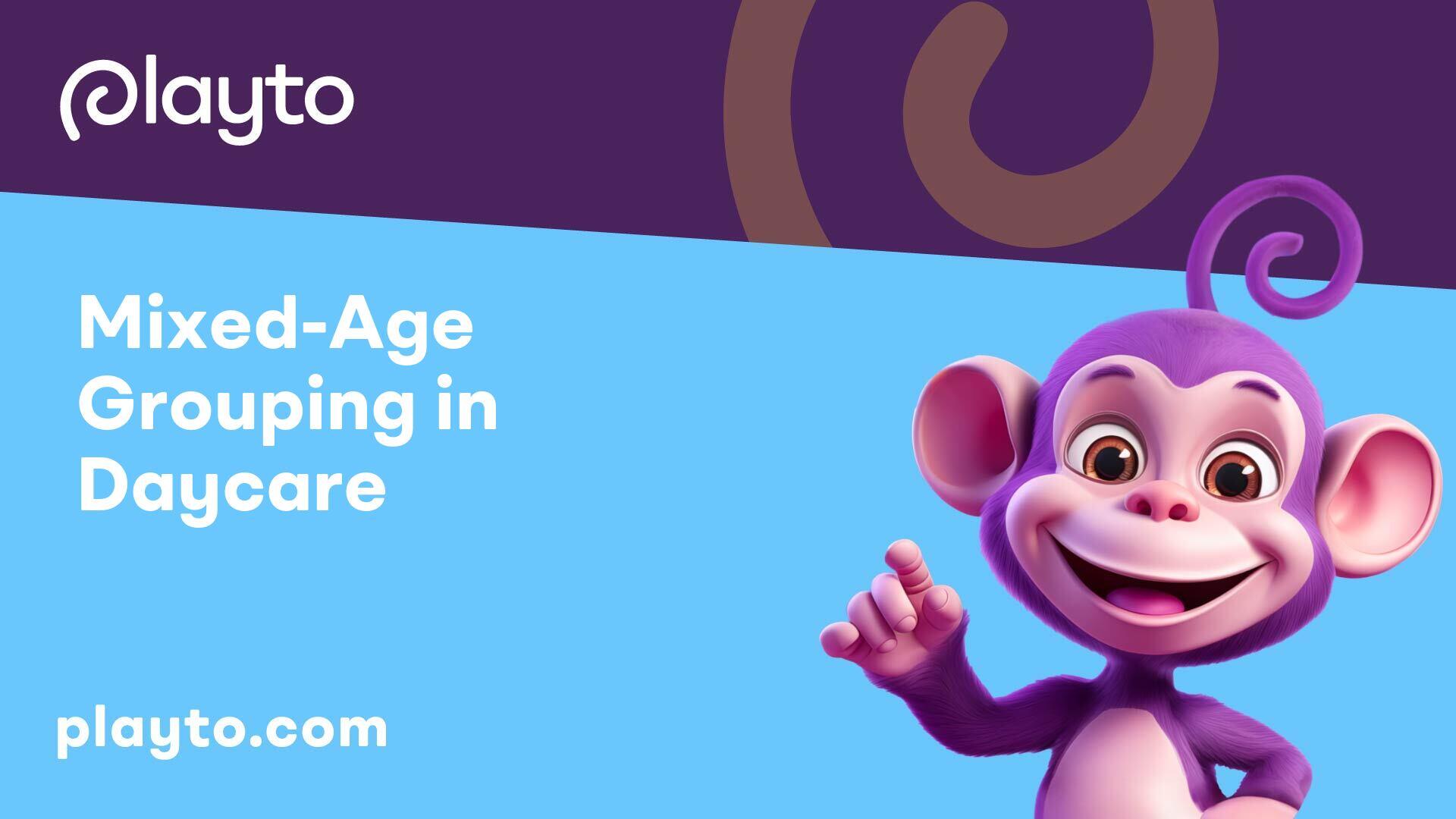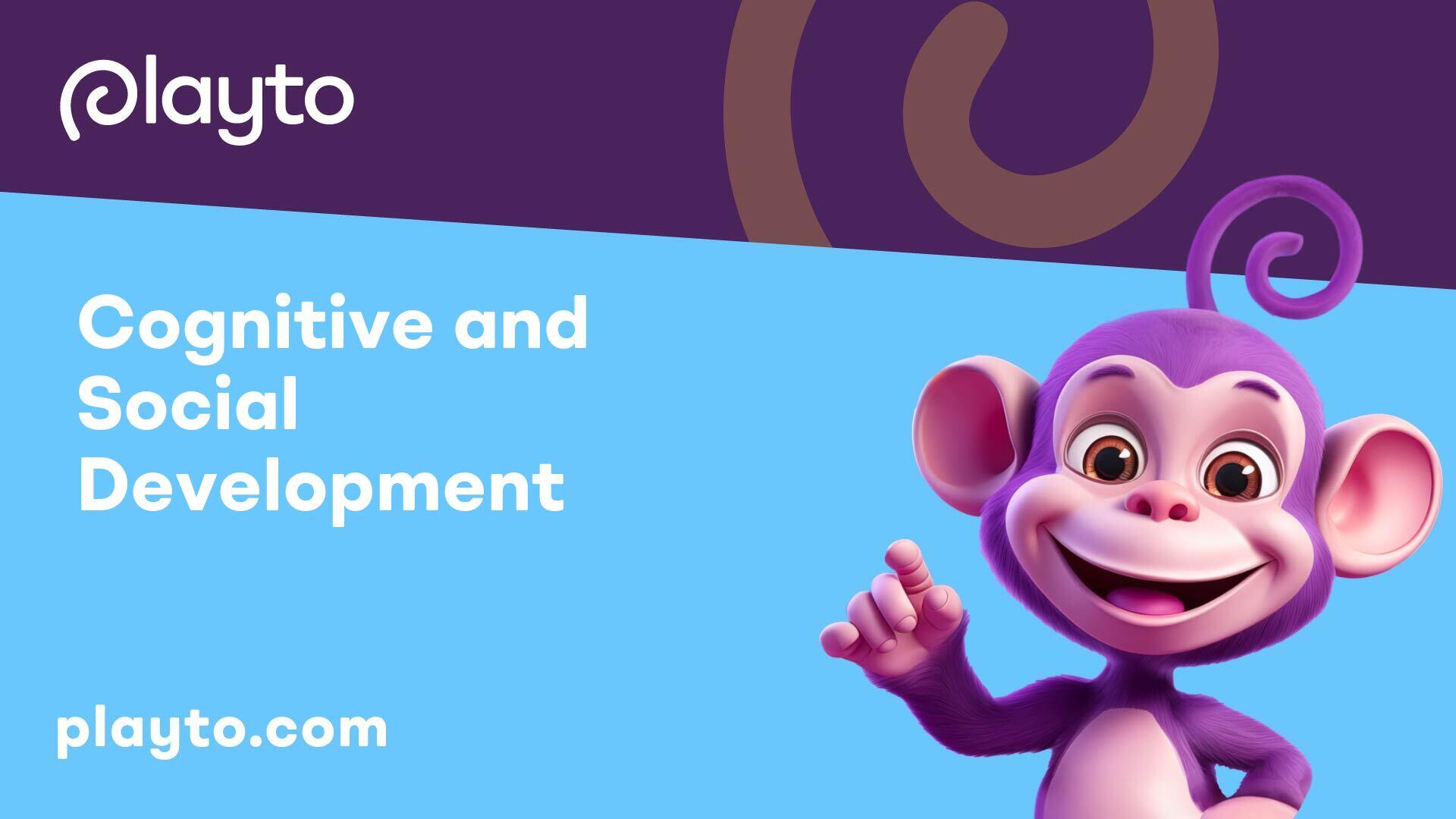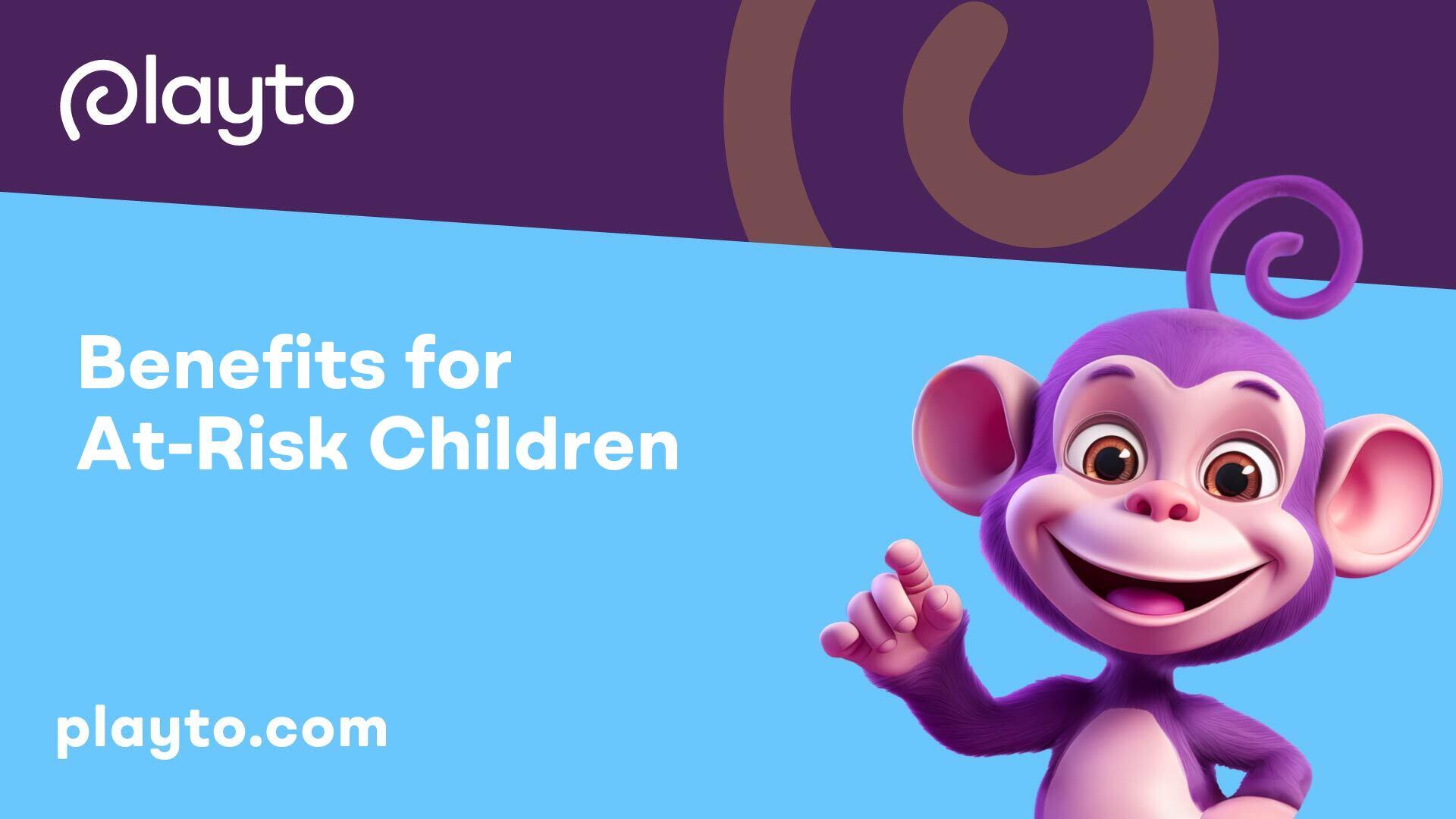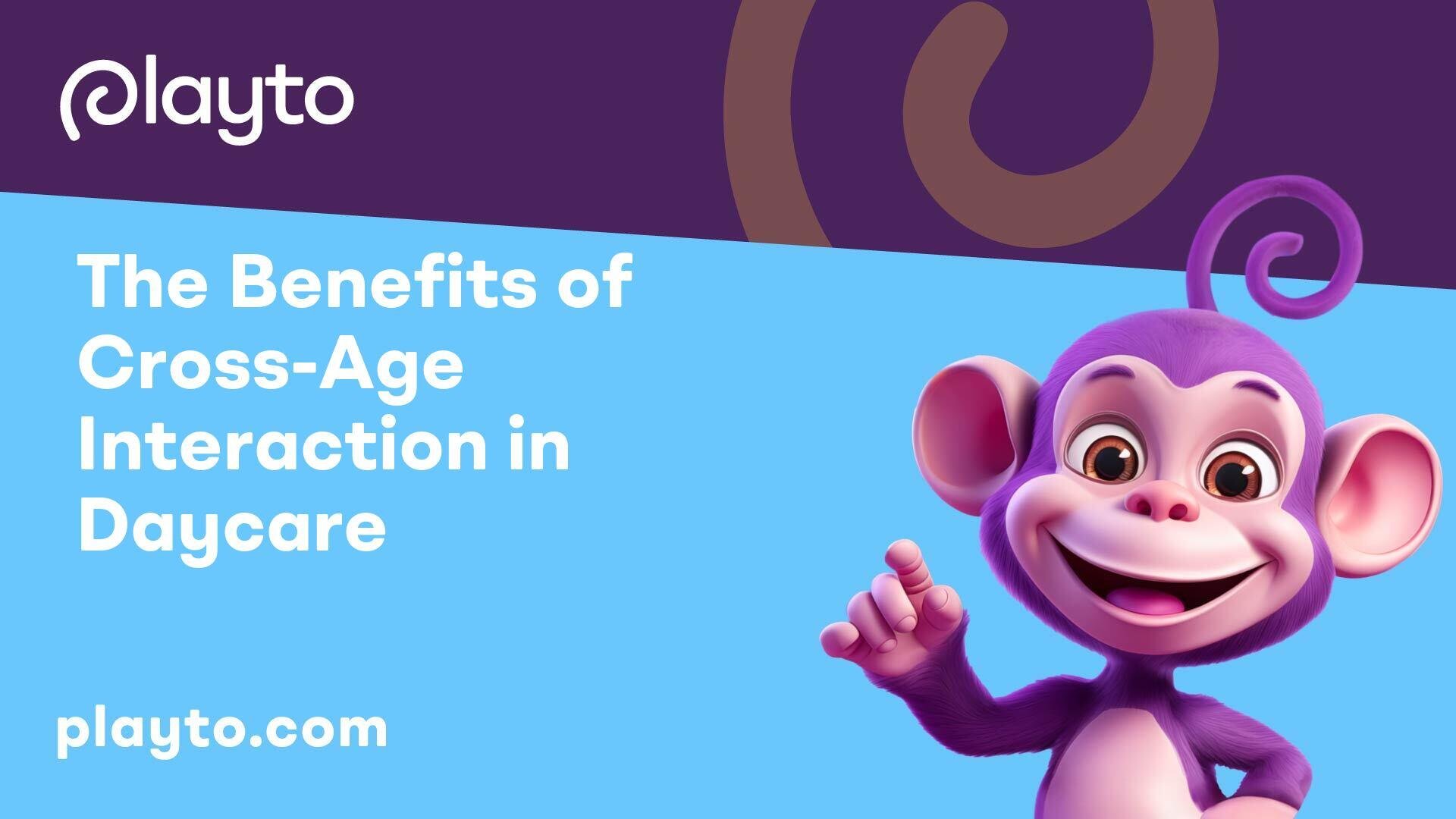
Mixed-Age Grouping in Daycare
In the dynamic environment of daycare, mixed-age grouping offers numerous advantages that contribute to the holistic development of children. By enabling interactions between children of different ages, daycare settings create a rich learning environment that fosters observational learning opportunities and promotes prosocial behaviors.
Observational Learning Opportunities
Young children who spend significant time in family groups at home may have limited exposure to a diverse range of competencies. In a daycare setting with mixed-age groups, children have the opportunity to observe, emulate, and initiate various skills and behaviors from peers of different ages. This observational learning not only broadens their knowledge base but also cultivates empathy, cooperation, and communication skills through interactions with peers of varying capabilities and experiences.
Promoting Prosocial Behaviors
Competitive environments in same-age groupings can sometimes lead to discipline issues. However, mixed-age grouping in daycare helps mitigate such problems by fostering cooperation and other prosocial behaviors. Studies have indicated that children in mixed-age settings are more likely to exhibit prosocial behaviors, offer guidance to younger peers, form friendships, and display reduced aggression compared to same-age groupings.
Engagement in mixed-age groups not only benefits the younger children by learning from their older peers but also enhances the social skills of the older children as they take on roles as mentors and caregivers. This cross-age interaction fosters a sense of community and mutual support among children of different ages, laying a strong foundation for positive social development.
Cross-age interactions play a vital role in creating a nurturing and inclusive environment where children learn from each other and develop a sense of empathy and understanding towards individuals of different age groups. These interactions in daycare settings not only enhance cognitive development but also significantly contribute to the promotion of positive social behaviors among children.

Cognitive and Social Development
When it comes to the cognitive and social development of children in daycare, the benefits of cross-age interactions play a significant role in shaping their skills and behaviors. Within this context, two key aspects stand out: cognitive conflict and internalization, and learning from adults and peers.
Cognitive Conflict and Internalization
Research has shown that placing children in mixed-age groups can lead to cognitive conflict, a crucial element in cognitive development. When children interact with peers of different ages, they are exposed to varying perspectives, ideas, and problem-solving strategies. This exposure to diverse ways of thinking can stimulate cognitive conflict, encouraging children to think critically, analyze situations from multiple viewpoints, and develop more complex reasoning skills.
Through cognitive conflict resolution, children learn to internalize new information, reconcile conflicting viewpoints, and adapt their beliefs and understanding of the world. This process of internalization is essential for cognitive growth, as it fosters flexibility, creativity, and the ability to consider alternative solutions to problems.
Learning from Adults and Peers
In mixed-age daycare settings, children have the unique opportunity to learn from both adults and peers. Interaction with adults provides children with guidance, support, and valuable knowledge that can help them navigate social situations, acquire new skills, and expand their understanding of the world. Adults serve as role models, offering demonstrations of appropriate behavior, language skills, and problem-solving strategies.
Moreover, learning from peers of different ages enhances children's social skills and emotional intelligence. Younger children can observe, imitate, and receive guidance from older peers, fostering a sense of community, cooperation, and empathy. Older children, in turn, have the opportunity to practice leadership, patience, and communication skills as they engage with younger peers. These interactions contribute to the development of prosocial behaviors, reduce aggression, and promote a caring and inclusive environment in daycare settings.
By exposing children to a rich and diverse social environment that includes cross-age interactions, daycare facilities can contribute significantly to the cognitive and social development of children, nurturing their abilities, fostering empathy, and promoting positive social interactions. For more insights on early childhood development, visit our articles on encouraging a growth mindset in preschoolers and the impact of music on early childhood brain development.

Benefits for At-Risk Children
In the realm of daycare, the advantages of mixed-age grouping extend to at-risk children, providing them with valuable social and cognitive benefits that can positively impact their development. Within this setting, at-risk children are more likely to exhibit prosocial behaviors, form friendships, and display reduced levels of aggression compared to traditional same-age groupings.
Prosocial Behaviors and Friendships
Studies reveal that children enrolled in mixed-age classrooms are more inclined to demonstrate prosocial behaviors. This includes acts of kindness, cooperation, and empathy towards their peers. The diverse interactions in mixed-age settings offer at-risk children the opportunity to observe and emulate positive social behaviors exhibited by older peers. Moreover, these interactions can foster the establishment of genuine friendships that transcend age boundaries.
Less Aggressive Behavior
Research indicates that at-risk children who have experienced mixed-age classrooms exhibit lower levels of aggression compared to those in same-age groupings. The collaborative nature of mixed-age interactions promotes a sense of community and shared responsibility, which can mitigate aggressive tendencies. Additionally, older children often serve as role models for positive behavior, guiding their younger peers towards conflict resolution and problem-solving strategies.
Participation in mixed-age environments not only cultivates prosocial behaviors and friendships but also contributes to a decrease in aggressive behaviors among at-risk children. By engaging with peers of various ages, these children benefit from a supportive and nurturing social setting that encourages positive interaction and personal growth.
Cross-Age Interaction Advantages
In daycare settings, the benefits of cross-age interaction extend to both cognitive development enhancement and social skills development. By integrating children of varying ages in a shared learning environment, daycare facilities create opportunities for meaningful interactions that contribute to the overall growth and development of each child.
Cognitive Development Enhancement
Research suggests that mixed-age grouping enhances cognitive development by creating cognitive conflict through interactions with peers of different cognitive maturity levels. These interactions challenge children to think critically, consider different perspectives, and adapt their thinking in response to varied viewpoints. Through these experiences, children internalize new understandings and develop more sophisticated cognitive abilities.
Educators play a crucial role in fostering cognitive growth by utilizing child-directed language, encouraging curiosity through interaction, and providing developmentally appropriate stimulation. These practices support children's active engagement with new experiences, stimulating cognitive development and promoting a deeper understanding of the world around them.
Social Skills Development
In addition to cognitive benefits, mixed-age education allows for the development of social skills by encouraging cross-age interactions through tutoring and shared discovery. Older children often take on roles as teachers and nurturers, fostering social competence as they guide and support their younger peers. Meanwhile, younger children benefit from observing and modeling the behavior of their older counterparts, learning valuable social cues and communication strategies.
Age mixing among children in playgroups has been shown to reduce bullying, promote empathy, aid socially inhibited children in overcoming their inhibitions, provide additional care for younger ones, and offer older children parenting practice. These diverse interactions not only enhance social skills but also foster a sense of community and mutual respect among children of different ages.
By encouraging cross-age interactions in daycare settings, children have the opportunity to develop both cognitively and socially, benefiting from a rich and dynamic learning environment that supports their overall growth and development. For more insights into early childhood education, explore articles on encouraging a growth mindset in preschoolers and the impact of music on early childhood brain development.
Intergenerational Care Benefits
In daycare settings that embrace mixed-age care, such as intergenerational care programs, there are notable benefits that extend to both the young and older participants. Two significant advantages include decreased social isolation and improved health and well-being.
Decreased Social Isolation
Research has shown that intergenerational care programs play a vital role in decreasing social isolation among participants, particularly older adults. By fostering meaningful cross-age relationships, these programs offer a sense of belonging and connection that contributes to lower levels of loneliness and increased self-esteem among older adults. This shared environment provides a platform for social interaction and engagement, promoting a sense of community and support for both the young and the elderly.
Improved Health and Well-Being
Engagement in intergenerational care programs has been linked to improved health outcomes for older adults. Participants have reported reduced agitation, enhanced mental well-being, and overall better health. The social connections and interactions formed within these programs contribute to a sense of purpose and fulfillment, which can have a positive impact on mental and emotional health.
Furthermore, intergenerational care programs have been shown to benefit the social and emotional skills of children and youth participants. Through interactions with older adults, young individuals develop empathy, communication skills, and a better understanding of diverse perspectives. This exposure to different age groups creates a rich and varied social environment that enhances cognitive and emotional development.
By offering opportunities for cross-age interaction in daycare settings, such as intergenerational care programs, we can create inclusive and supportive environments that promote social connectedness, well-being, and positive developmental outcomes for all participants.
Continuity of Care in Mixed-Age Groups
In the realm of mixed-age daycare, the idea of continuity of care plays a crucial role in shaping a stable and nurturing environment for children. This section sheds light on the significance of stability and the formation of attachment relationships within mixed-age groups.
Stability and Relationships
Consistency in caregiving is fundamental for children's overall well-being and development, especially in daycare settings. Providing children with consistent, responsive, and sensitive care and education in high-quality early childhood programs is pivotal in supporting the development of neural connections and brain architecture, particularly during the critical first three years of life.
In mixed-age groups, stability is fostered through long-term relationships with caregivers and peers. Research has shown that children often form more secure attachment relationships with caregivers the longer the caregivers stay with them [7]. This continuity of care not only enhances a child's sense of security but also contributes to their emotional well-being and social development.
Attachment Relationships
The formation of attachment relationships is a fundamental aspect of child development. In mixed-age daycare settings, the consistent presence of familiar caregivers fosters the development of secure attachments between children and their caregivers. Studies have indicated that frequent transitions to new caregivers can have negative effects on children and families.
By maintaining stable and nurturing relationships with caregivers and peers, children in mixed-age groups are more likely to feel secure, supported, and valued. These attachment relationships serve as the foundation for emotional well-being and positive social interactions, enhancing the overall daycare experience for children.
In conclusion, continuity of care in mixed-age groups not only provides stability and consistency for children but also nurtures the formation of strong attachment relationships. By focusing on these key elements, daycare centers can create a supportive and enriching environment that promotes healthy development and positive relationships among children and caregivers.
Implementing Mixed-Age Groups
When it comes to optimizing the benefits of cross-age interaction in daycare, effective strategies and adherence to licensing regulations are paramount for a successful implementation.
Effective Strategies
Implementing mixed-age groups in daycare settings requires thoughtful planning and consideration of various strategies to ensure a positive and nurturing environment for all children. Some effective strategies include:
By incorporating these strategies into daily routines and curriculum planning, daycare providers can cultivate a supportive and enriching mixed-age environment that promotes cognitive and social development.
Licensing Regulations
Adhering to licensing regulations is essential when implementing mixed-age groups in daycare settings to ensure the safety and well-being of all children under care. Licensing regulations typically outline requirements related to:
By staying compliant with licensing regulations, daycare providers can create a secure and nurturing environment that promotes positive interactions and optimal development for children of all ages.
Incorporating these effective strategies and adhering to licensing regulations can help daycare centers harness the benefits of cross-age interaction, creating a supportive and inclusive environment where children can thrive and learn from one another.
Creating Intergenerational Day Centers
The concept of Intergenerational Day Centers (IDCs) offers a unique approach to fostering connections between older adults and children, providing a range of benefits for both age groups. Establishing such centers involves considerations of cost efficiencies and benefits, as well as careful planning and development phases to ensure the successful operation of these intergenerational spaces.
Cost Efficiencies and Benefits
According to NCBI, the development of Intergenerational Day Centers (IDCs) presents opportunities for cost efficiencies and numerous benefits for the community. Although the availability of IDCs is limited in certain regions, including Texas, where only two IDCs exist in selected southern states, there is growing recognition of the value they offer.
One of the key advantages of IDCs is the cost-effective utilization of shared resources and facilities by older adults and children. By co-locating services and activities for both age groups, IDCs can optimize space and staffing resources, resulting in potential cost savings and enhanced program offerings for participants. Additionally, the intergenerational environment promotes mutual support, learning, and social engagement, contributing to the overall well-being of both older adults and children.
Planning and Development Phases
The process of creating an Intergenerational Day Center in Austin, Texas, involved rigorous research, planning, and building development phases, as outlined by NCBI. This comprehensive approach aimed to establish a facility that catered to the unique needs of both older adults and children, creating a welcoming and inclusive environment for intergenerational interactions.
The planning process for the IDC in Austin included conducting a thorough literature review, engaging in community workshops, and conducting feasibility studies. By involving stakeholders in decision-making processes, the project was able to address the specific needs and preferences of the local community, ensuring that the IDC would meet the expectations and requirements of its intended users.
Data analysis for the IDC project highlighted crucial aspects such as program development, community needs assessments, spatial requirements, regulatory compliance, and implementation strategies. The findings of the study provided a robust model that could be replicated by other cities, developers, and designers interested in establishing IDCs, emphasizing the importance of architectural design that enhances social interactions and autonomy for both older adults and children.
In conclusion, the creation of Intergenerational Day Centers offers a promising approach to promoting social connections and well-being across different age groups. By carefully considering cost efficiencies, benefits, and engaging in thorough planning and development phases, IDCs can serve as vibrant community spaces that foster meaningful intergenerational relationships and enrich the lives of participants.
References
[2]:
[3]:
[4]:
[5]:
[6]:
[7]:
